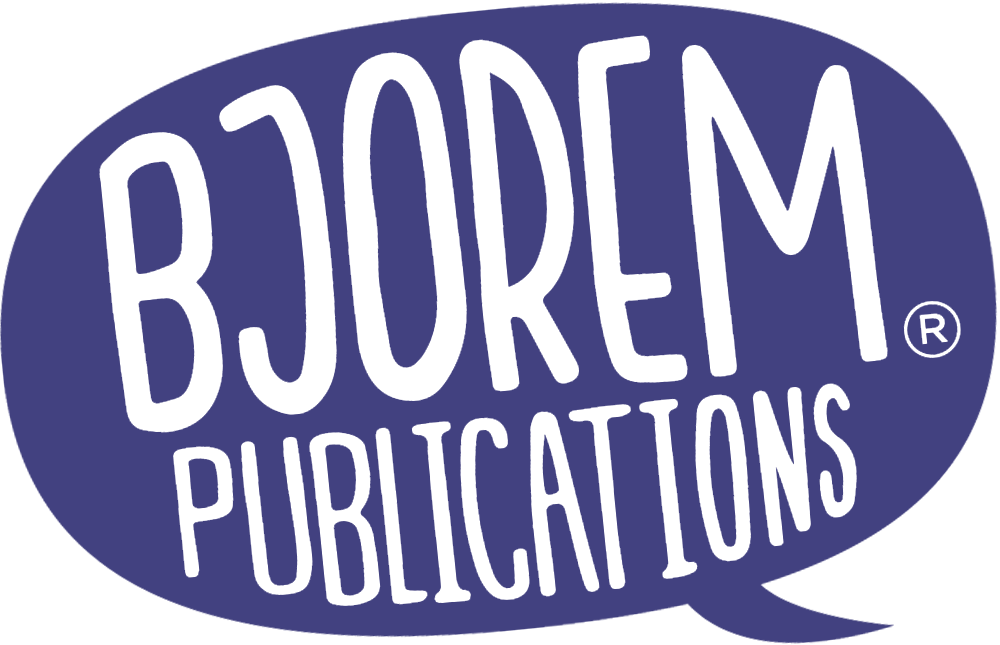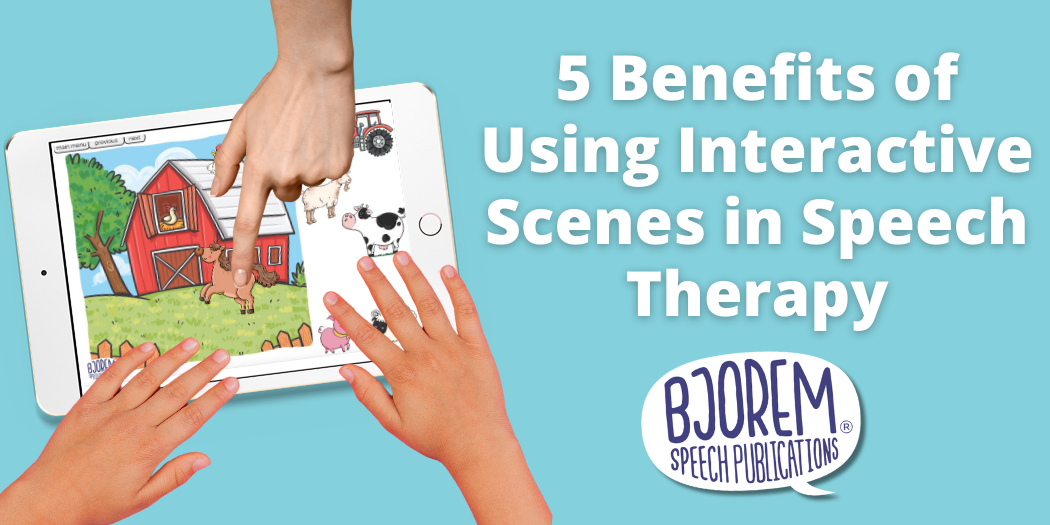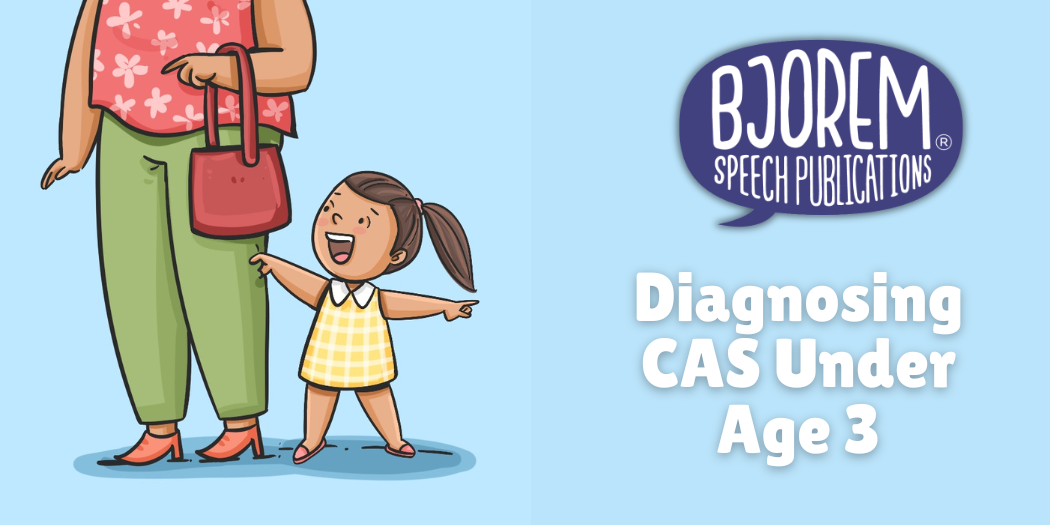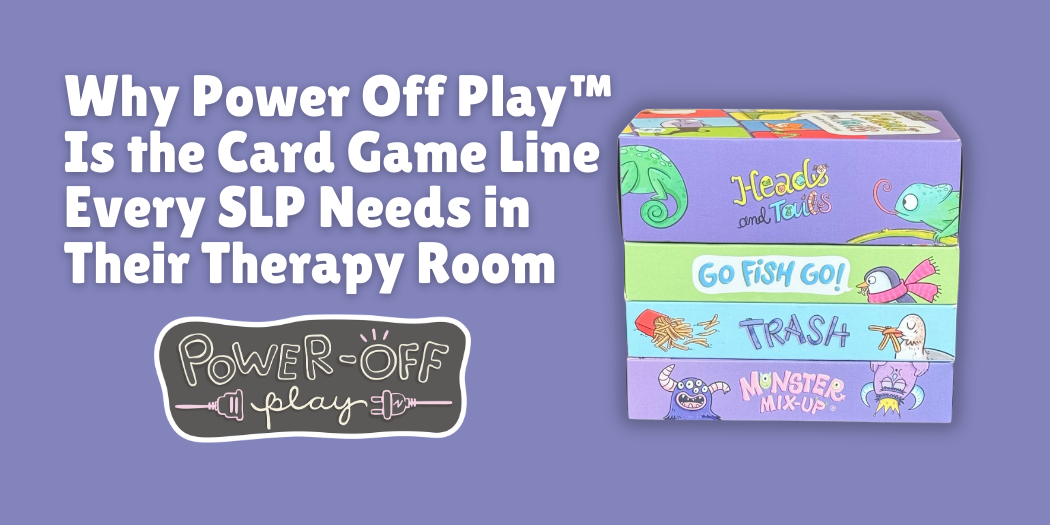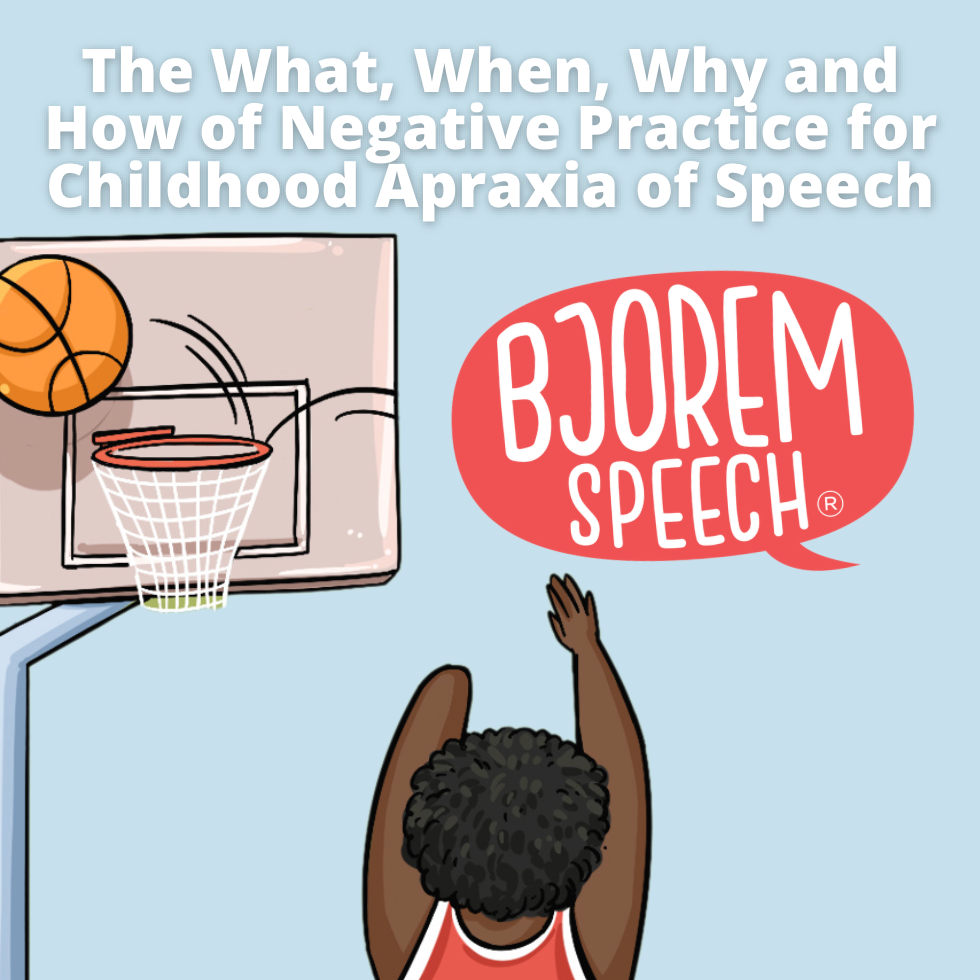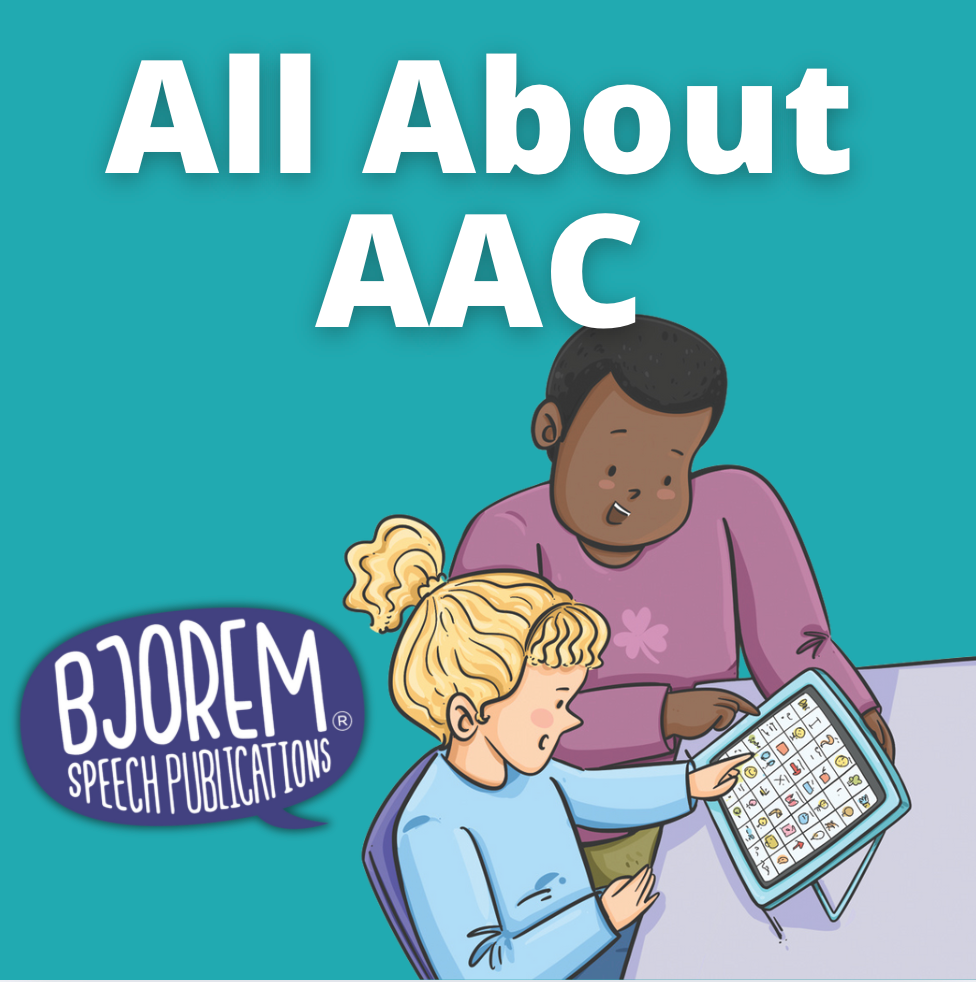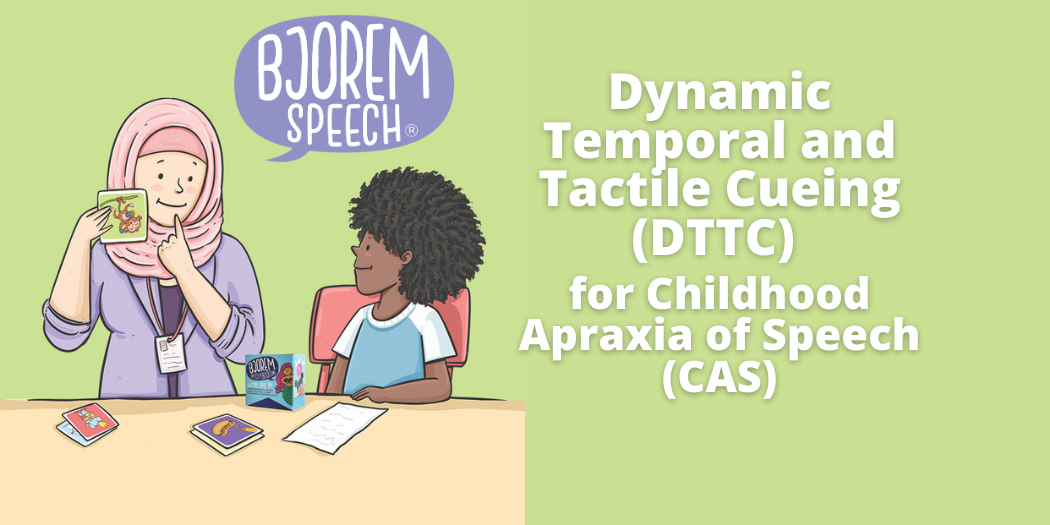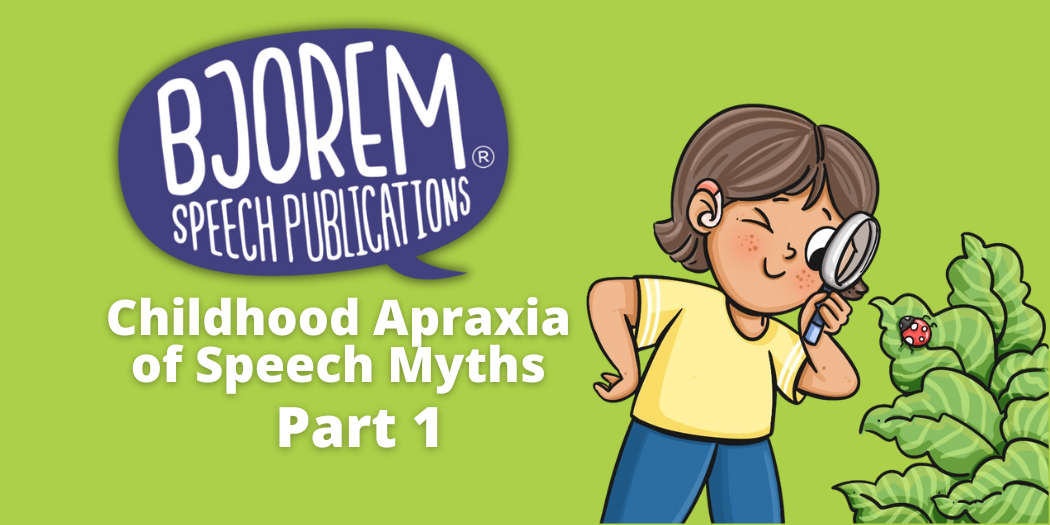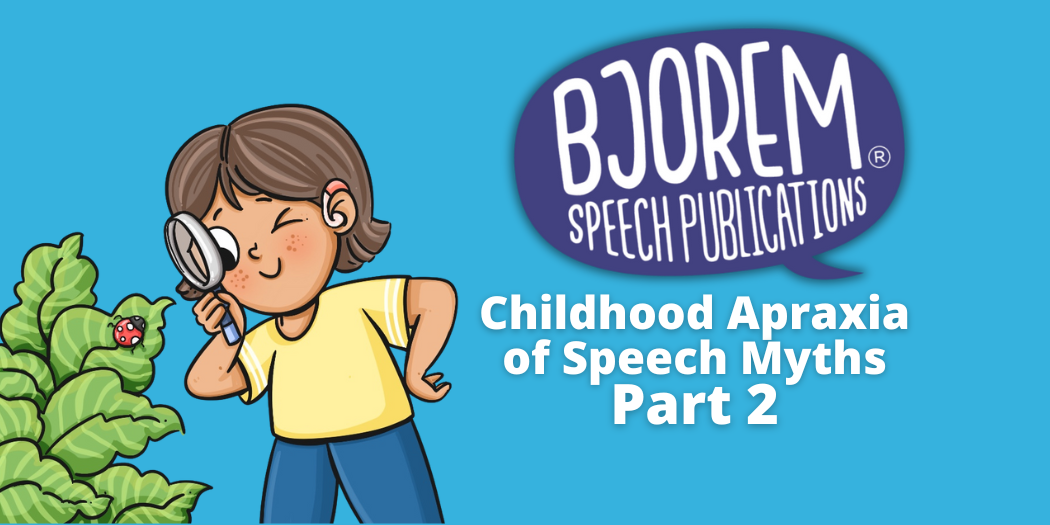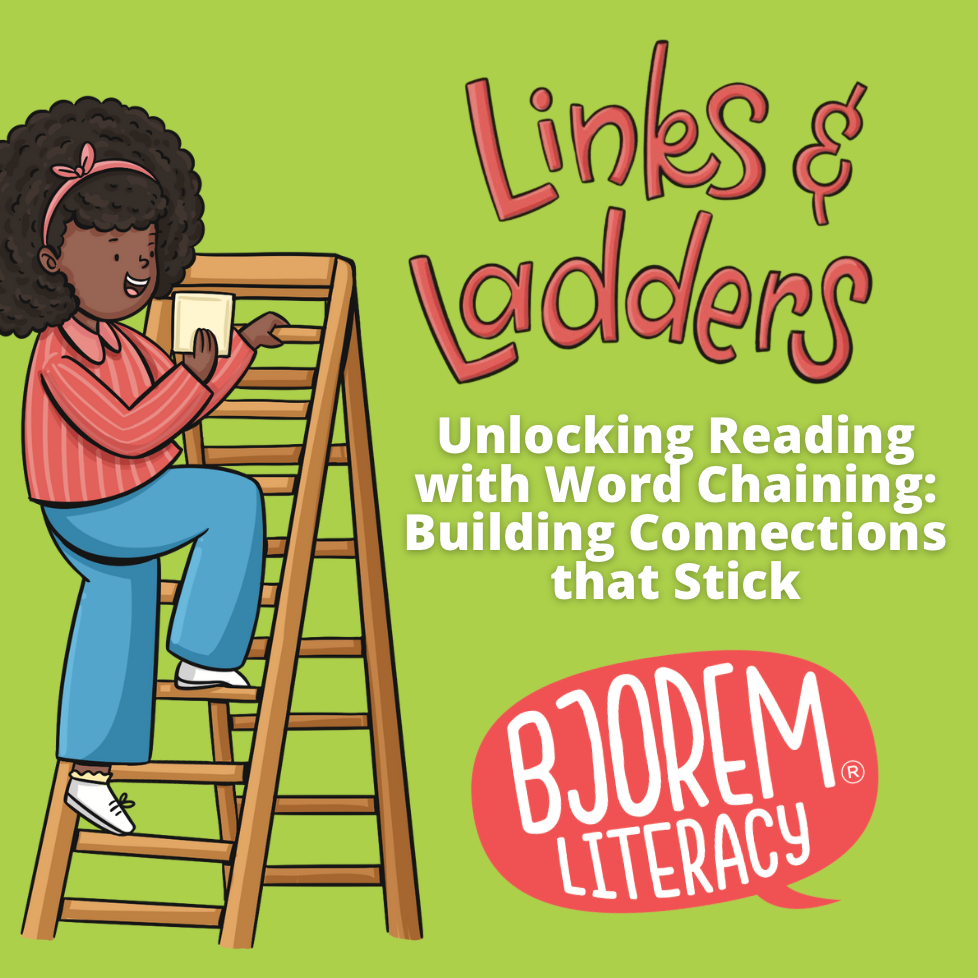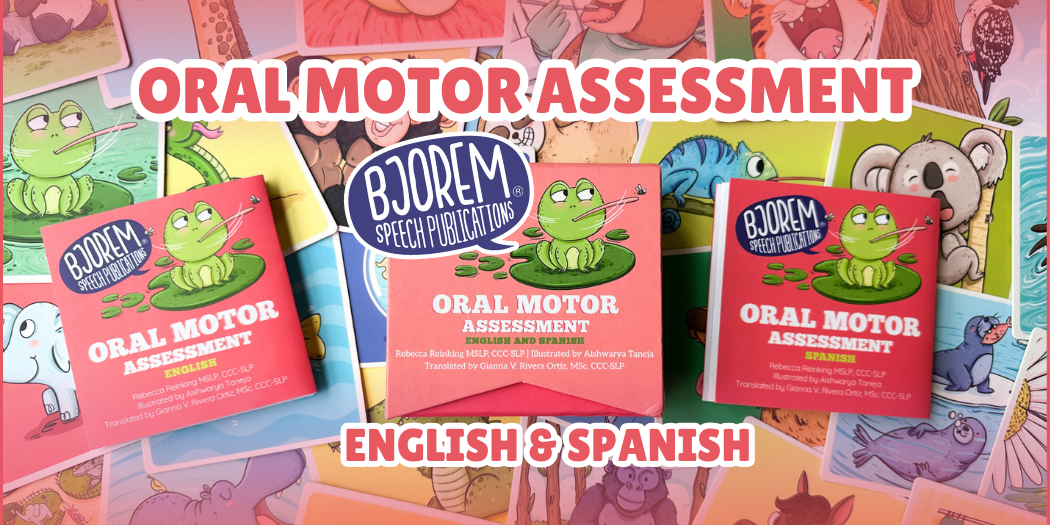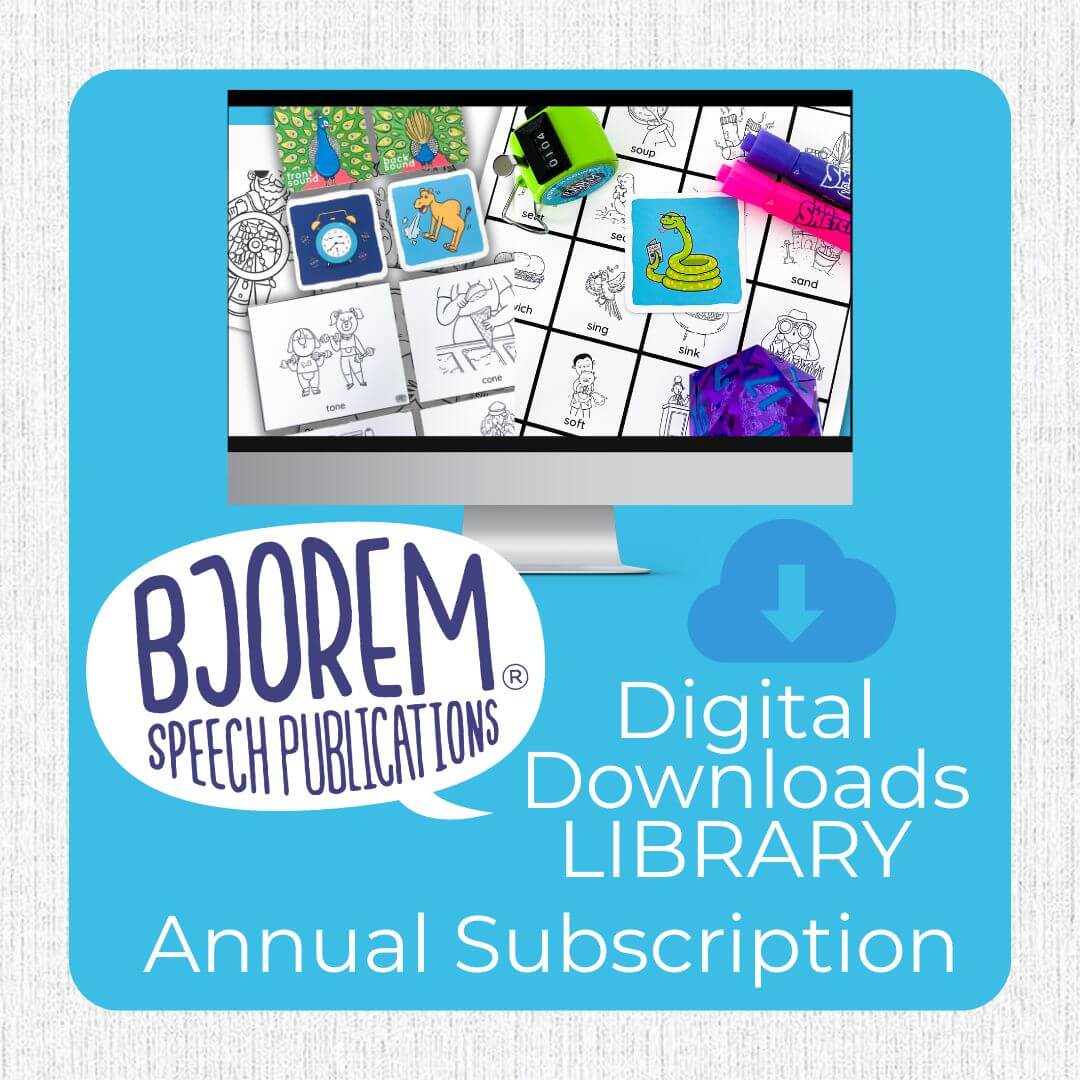When it comes to resources and activities to use for speech therapy, the possibilities are endless! Interactive scenes provide a flexible, motivating context and stage for a variety of speech and language activities. In this blog post, we'll explore five benefits of using interactive scenes in speech therapy and how they can enhance the learning experience for students.
1. Interactive scenes are engaging and motivating.
One of the most significant advantages of using interactive scenes in speech therapy is the level of engagement they provide. Interactive scenes are perceived as “fun” by children, which helps reduce “teeth-pulling” than can sometimes come when trying to engage children in therapy. They also allow clinicians to follow the child’s lead, while maintaining a level of control over the speech therapy session (without the child often knowing).
2. Interactive scenes are open-ended.
Open-ended resources are ideal for speech therapy (especially when working with mixed groups or students with multiple different speech/language goals) because you can embed virtually any goal into them! You might consider working on prepositional concepts and speech sounds both with the moveable icons included with the interactive scene. The open-ended nature of interactive scenes also make them ideal for assessment purposes, such as for collecting a language or speech sample.
3. Interactive scenes come in many different varieties and formats.Interactive scenes are not only versatile, but they come in countless themes and formats. You might find scenes that are themed based on different settings, animals, characters and more. Some interactive scenes come with reusable stickers or felt pieces. You can also find interactive scenes that are digital! Digital format is ideal in many cases because you can use them virtually, you don’t have to prep them and, perhaps best of all, you don’t have to worry about missing pieces!
Have you seen our digital interactive scenes? Check them out here!
4. Interactive scenes allow for contextual learning.
Interactive scenes offer a context-rich environment where students can practice their speech and language skills in motivating and, in some cases, realistic situations. For example, a virtual kitchen scene allows students to practice vocabulary related to cooking while also working on articulation or phonological skills. This contextual learning helps students generalize their skills to real-life scenarios more effectively, making the therapy experience more meaningful and relevant.
5. Interactive scenes are fun!
Let’s be honest, one of the best parts of interactive scenes is how fun they are! Kids are always excited when interactive scenes are part of the therapy session. When activities or contexts are perceived as fun, it naturally increases engagement and motivation. You can’t beat a therapy context that is both easy, fun and effective!
Incorporating interactive scenes into speech therapy offers numerous benefits for students, including increased engagement and motivation, versatility, variety in theme and format, contextual learning, and level of fun! By utilizing interactive scenes (in whatever format), clinicians can create more dynamic, motivating and effective therapy sessions that cater to the individual needs of each student.
